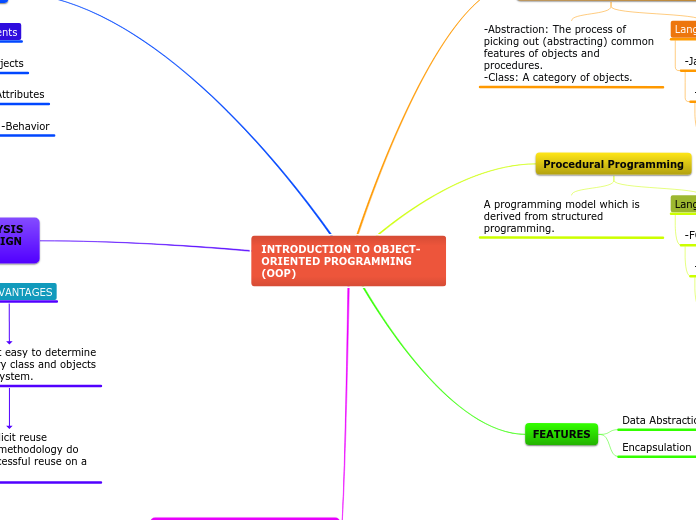References
BBC. (2019). Introduction to computational thinking. BBC Bitesize; BBC.
https://www.bbc.co.uk/bitesize/guides/zp92mp3/revision/1.
Snelling, J. (2024). Don’t stress about coding: Focus shifts to teaching problem
solving not computer skills. School Library Journal. https://www.slj.com/story/dont-stress-coding-focus-shifts-teaching-problem-solving-not-computer-skills.
Problem:
Sally wants to be an architect when she grows up and decides to join the art club at her middle school. In order to do so, she has to submit a portfolio that includes her best drawings.
Algorithims
Create a step-by-step plan
Sally needs to make a plan in order to solve her problem. An algorithm is a set of step-by-step instructions to follow to solve a problem (BBC, 2019). She wants to be an architect when she grows up, and she wants to join the art club. Sally decides she should draw a picture of a house in order to fulfill the prerequisite requirements for joining the art club.
Rationale:
Now that the problem has been broken down into smaller pieces and the extra things have been taken out, a set of steps to solve the problem should be determined (BBC, 2019). Computational thinking is the process of breaking a problem into smaller pieces and following a set of directions to solve the problem (Snelling, 2018).
Solution:
Sally determined that in order to help her become an architect later on, she will join the art club at her school. To do so, she will draw pictures of houses to use as her prerequisite submission for the art club. She has determined that houses must have at least one door and one window and must be made out of sturdy material. Houses can be stand-alone or part of a larger complex, such as a townhome. Houses may have chimneys and sidewalks or walkways, but they do not have to have these things.
Abstraction
Take out unnecessary items
Four of the houses Sally saw on the way to her grandma’s house had chimneys.
One house had a broken-down truck in the front yard.
None of the houses in the pictures she saw had vehicles that looked like they didn’t work anymore.
Eight houses had porches with swings or rocking chairs.
Five houses were decorated for Halloween, but most houses were not.
Some of the photos she looked at of places where people lived included town homes and apartments. Some had walkways and sidewalks, and some did not.
Rationale:
When looking at parts of the problem, one must not only determine similarities but also differences. Abstraction allows us to take out the extraneous information that we don’t need (BBC, 2019). By sifting out the “extra,” we can concentrate on the most important pieces. The next phase of the computational thinking process would be to develop a model (BBC, 2019). In this case, Sally realizes that all houses have a door and at least one window. Houses can be made out of various materials, but all of the materials are sturdy. Some houses have driveways and sidewalks, but all houses have a way to enter and exit.
Pattern Recognition
Find Similarities
Sally makes a list of parts of a house.
She begins by observing houses while her family travels to grandma’s house.
Sally notices the houses are made of sturdy materials such as brick, concrete siding, and wood.
Then, Sally looks at pictures of houses online and notices similarities to the houses she saw on her trip to grandma’s.
She makes a list of things houses have in common: a door, windows, a driveway, or a sidewalk.
Rationale:
Finding commonalities among the smaller parts of the problem allows for a better understanding of all that is involved and a clear route to a solution (BBC, 2019). The list of similarities that Sally saw in real-life houses and pictures of houses helped her to understand what she needed to include in her drawings of houses.
Decomposition
Break the problem into smaller parts
Sally wants to be an architect when she grows up.
Sally wants to join the art club.
The art club has a prerequisite requiring student submission of work.
Sally doesn’t know what to include in her portfolio, but she likes to draw houses.
Rationale:
Decomposition involves breaking the problem into smaller parts (BBC, 2019). By creating the list of questions, we are determining what will need to be done in order to reach a viable solution. With this problem, there are multiple factors to consider, including prerequisites for the art class, what to include in a portfolio, and how to draw houses.









